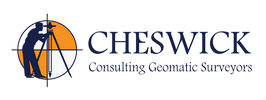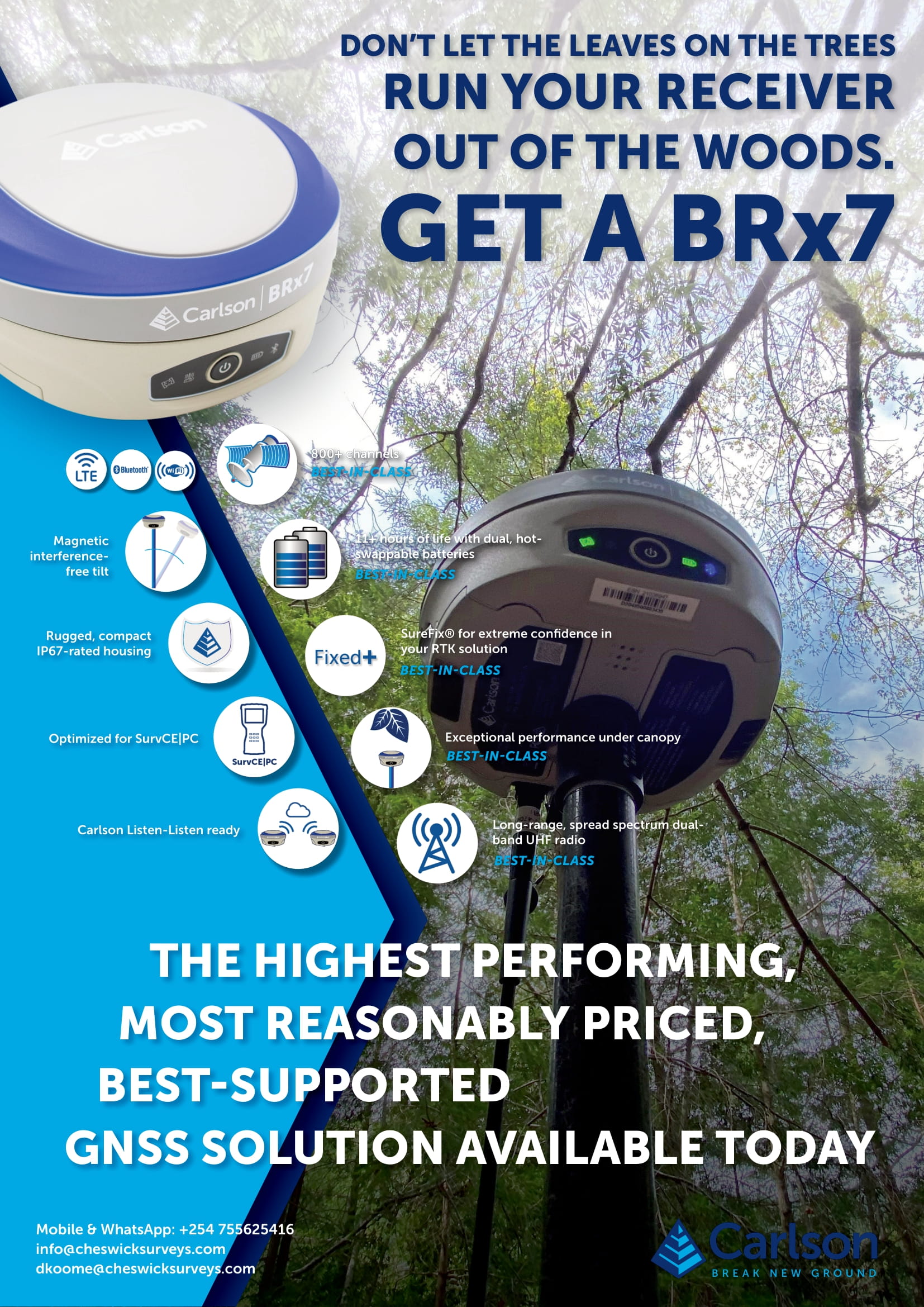There is no single person with access to information and with at least half a brain who does not know what an Unmanned Aerial Vehicle (UAV) is. Commonly referred to as a drone, it has become a buzz word in a broad spectrum of professions due to the enormous possibilities it can unleash if the innovation is fully exploited.
First considered a military tool meant to spy upon the activities of the enemy faction and possibly launch an attack where the foot soldiers are out of reach, it has found applications in other realms of life such as Photography, Cinema, Surveying, Mapping and general entertainment.
Following the proliferation of these smart devices, aviation regulators across the world have been forced to step in to regulate their operation lest the entire sky is littered with contraptions endangering the safe landing, taking off and flight of big aircraft. That’s not all, they also pose a risk to human beings in the ground should they be used above huge crowds.
Moreover, you don’t want every Tom, Dick and Harry owning and operating a drone without the knowledge of the relevant authorities because should that Tom, Dick and Harry be a terrorist, Lo and Behold!
Drones also serve as just another tool for the Surveyor. It has come in handy in scenarios where it does not make economic sense to scramble a plane crew to carry out Photogrammetry especially when you’re dealing with coverage of less than 15 square kilometers.
Drones for photogrammetric and survey purposes sometimes need to fly higher to achieve the required resolution. That is why aviation regulators across the world classify survey grade drones as drones for commercial purposes. In most jurisdictions, drones for recreational purposes are required to fly up to a maximum of 400 feet which does not cut it for survey grade drones. Hence the need for the latter case to obtain exemptions to fly higher and the subsequent obligation by aviation regulators to classify them as drones for commercial purposes.
But it is this exemption to fly higher that is prone to abuse and if Surveyors and Geomatic professionals are not keen, their distinguished profession whose prestige they have so labored to build will fall into the hands of Play Station couch potatoes.
We surveyors know that deliverables from drones need to be processed and registered using user software in order for them to provide the correct interpretations. We can give in depth knowledge of terms such as RTK, GCPs, Stereoscopy, and Overlaps etc. and we deserve to be paid our dues for such work. Imagine if impostors riding on the mantra ‘avoid expensive survey crews’ invade our space and purport to offer the same services. If such should happen, our profession will be downgraded and its prestige will suffer a massive hit.
That is why Surveyors and Geomatic professionals working in jurisdictions that allow drone use should query the criteria used in issuing permits for commercial drones, especially those that have to do with Photogrammetry, LIDAR, Survey and other survey deliverables. We should ensure that besides the requirement for a drone pilot’s license that is normally required such permits should be issued to professionals with the requisite qualifications preferably a degree in Geomatics or the equivalent to avoid a stampede in the profession.
Also it is highly unlikely that impostors of a profession will do an excellent job with the deliverables. The client could possibly ask a question that would make them quake in their boots and tell of their incompetence right away. By defending our territory in the UAV space we shall also be protecting the general public from quacks.
In Kenya where I practice, the aviation regulator has come up with some regulations controlling drone use which are waiting ratification by the National Security Committee. The rules match the guidelines provided by other jurisdictions such as the USA. As I write this article, it is illegal to fly drones in Kenya. They were once flown before given the initial legal ‘grey area’ but their use was suspended by the aviation regulator pending drawing and ratification of regulations for their use.
What are the requirements for an exemption to be issued for commercial drones in your jurisdiction? Are there other concerns that I might have left out pertaining the licensing of commercial drones? Kindly share in the comments section below.
Thanks for reading!




